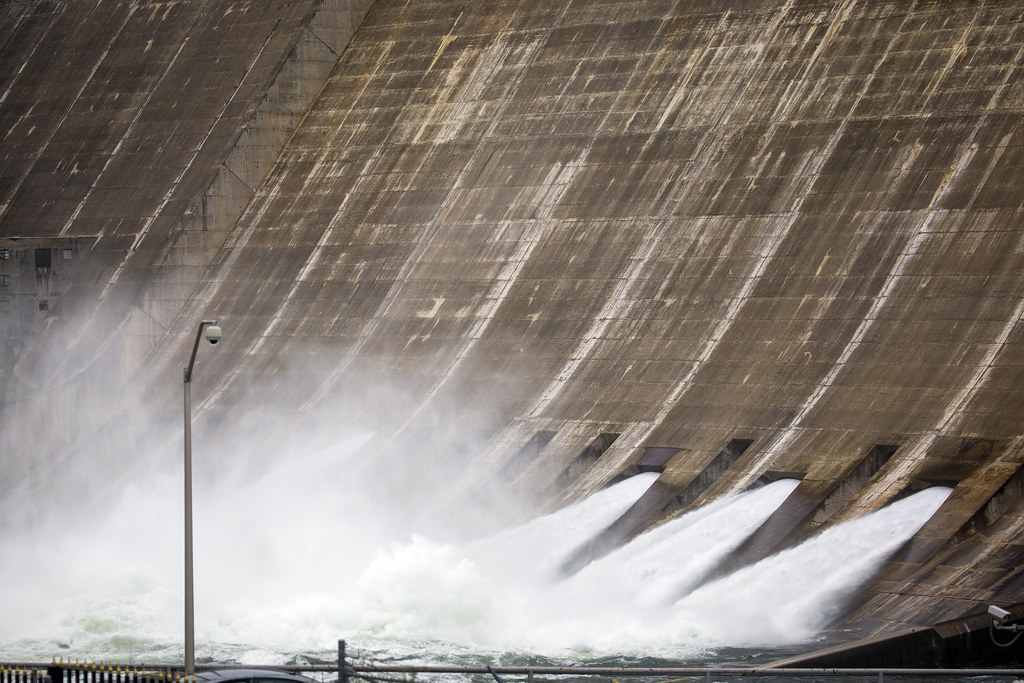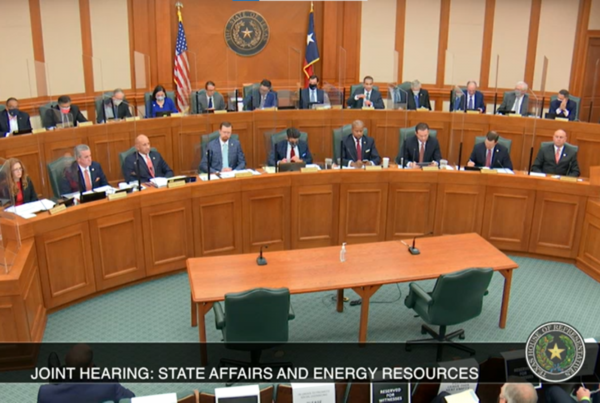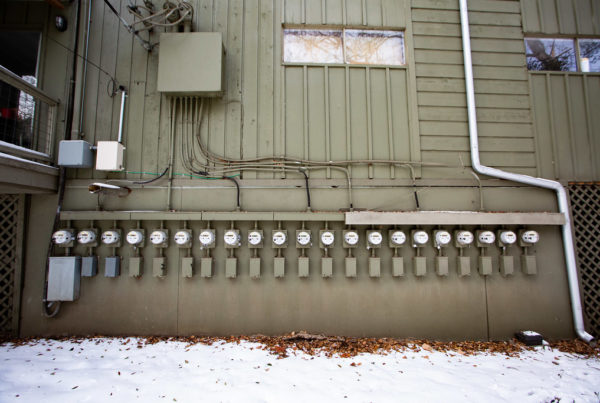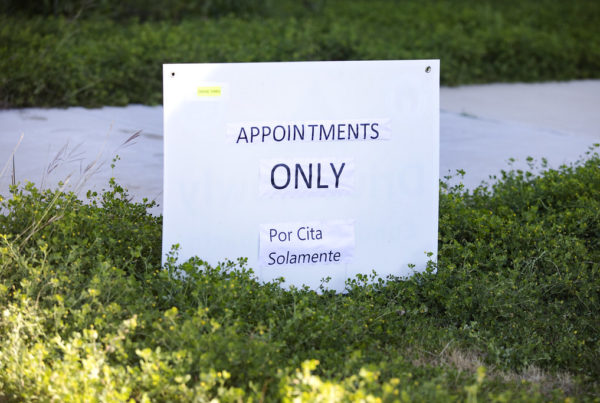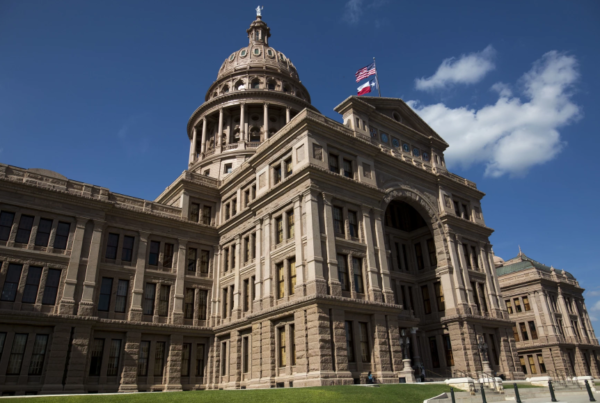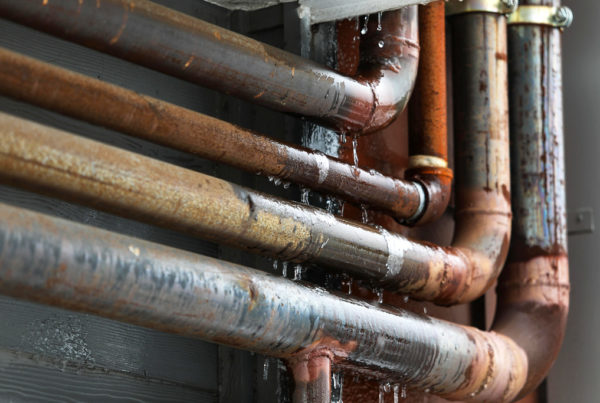The Texas deep freeze last week revealed major weaknesses in the state’s electrical grid. But when it comes to updating the state’s infrastructure, electrical power is just one area in need of changes.
The American Society of Civil Engineers recently released preliminary results from its 2021 Texas Infrastructure Report Card with recommendations for what lawmakers should focus on fixing during this year’s legislative session.
Civil engineer Augustine Verrengia told Texas Standard that much of the state’s infrastructure scored poorly this year. Verrengia is government affairs chairman for the Texas chapter of the American Society of Civil Engineers. Wastewater infrastructure scored a D, dams a D+, levees a D and roads and highways D+. He says addressing problems with infrastructure matters because they affect Texans’ everyday lives.
“I think that most people can connect to the idea that if you take a bridge to work and it only takes you 30 minutes to get to work but then that bridge is taken out of service, [and] even if it doesn’t fail, even if somebody realizes that it may potentially fail, it may add an hour and a half to your commute every day,” he said. “The impacts of that to people are very real.”
The impacts can also be life-threatening. He says the No. 1 item that needs updating is the state’s wastewater system. Not fixing it could lead to contamination of fragile freshwater resources, which are going to become even more fragile as additional people flock from out of state to live here.
But other items are also in serious need of updates. Dams, for example, could put thousands of people at risk if they fail. The oldest in Texas is 170 years old. And out of the state’s 7,000 dams, 3,000 are exempt from safety requirements, based on Texas’ water code, Verrengia says. He estimates fixing them will be costly – over $5 billion. But he says those fixes and added safety measures are necessary.
“We believe that Texas should require mandatory safety inspections and come up with public evacuation plans for areas that are protected by dams due to the potential for catastrophic failure and loss of life,” he said.
Verrengia says now is the time for lawmakers to act – to be proactive before the infrastructure “crumble[s] under the pressure” of a population that is set to double by 2050.
“If we don’t act now, and we don’t change our policy of being reactive to every time that there’s a crisis or a hazard … we stand to experience some really devastating conditions,” he said.


